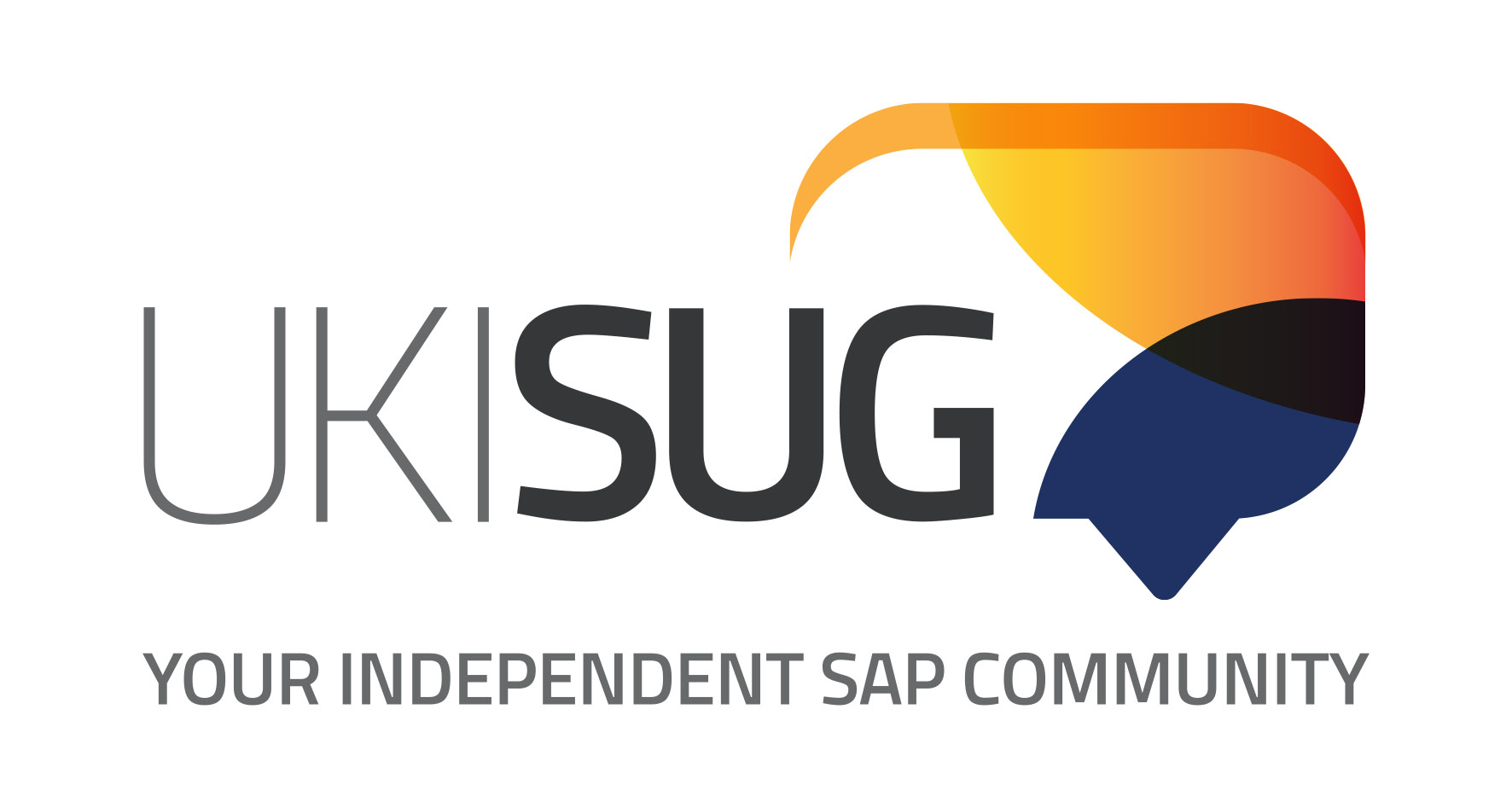SAP Test and Change Management: When the Sum of One is Greater Than the Sum of Many
Why one unified platform for testing, automating, and delivering change, boosts efficiency, accuracy and collaboration between Business and IT, allowing for significant cost savings.
In the rapidly-evolving world of SAP, the choice between leveraging multiple disparate tools and using one native platform can have a significant impact. Some tools may have specific benefits, but can those benefits outweigh the cumbersome integrations, patchy workflows, and the switching between systems? This important choice, usually made early in a project lifecycle, can affect efficiency, productivity, accuracy and collaboration between business and IT teams alongside other stakeholders. It can also have a material impact on programme outcomes and project timelines.
Let’s first understand how to recognise a unified native platform - here’s are a few characteristics that stand out:
- All components are designed and developed to work together, smoothly, from inception.
- Centralised data management and seamless data flow.
- One interface, coherent ‘look-and-feel’, combining various essential functions into a single system.
- The platform can scale, and the native design allows for easier updates and new additions.
SAP Test and Change Management
Now let’s explore the benefits of utilising a natively developed, unified platform, and how this approach offers a strategic advantage for your SAP projects.
- Efficiency
Project timelines and budgets are constrained as is, and efficient SAP Test and Change Management will be a determining factor for how successful your SAP projects are. With a single, unified platform, having all necessary functions under one roof – teams can seamlessly manage, test, and automate processes, analyse changes, and assess impacts without the need to navigate multiple systems. This native approach not only saves time but also enhances overall productivity. Multiple, specialised tools often result in fragmented workflows, requiring IT teams to switch between different interfaces and processes. This can lead to inefficiencies, increased learning curves, and potential errors. Once a higher level of efficiency is achieved, an IT organisation can focus on introducing (more) innovation faster.
- Consistency and Accuracy
Data accuracy is a critical component for any SAP project and for managing an organisation’s ERP on a daily basis. Utilising multiple tools often leads to integration challenges and data silos. A natively developed, unified platform ensures seamless data flow and integrated processes by centralising all functions and data and removing multiple sources of truths, which is vital for every organisation. Inconsistency can have far reaching effects and can make standardisation a never-ending battle. Without a unified view, IT leaders may miss significant patterns or correlations, essential for proactive management and optimisation.
- Collaboration between IT and the Business.
Fostering collaboration between IT and business teams is challenging, effective collaboration across multiple tools makes it so much more difficult and frustrating for both sides. Providing a common framework and aligning efforts towards common goals can bridge gaps as well as drive better project outcomes.
In a unified platform, feedback from both IT and business teams can be centralised and easily tracked, facilitating iterative improvements, and ensuring that any adjustments or enhancements are based on comprehensive input from all stakeholders. Onboarding and cross-functional training become more effective as well, so much so that the teams begin to appreciate and support each other’s roles and responsibilities.
- AI and GenAI
Harnessing AI on a single platform is further enhanced by allowing a more comprehensive, holistic analysis, aggregating data from all platform functions, which can be a huge headache with isolated tools. Also, AI algorithms are applied uniformly across all functions, reducing the risk of discrepancies arising from different AI implementations in separate tools.
GenAI can generate optimised test cases, predict change impact, and suggest improvements by leveraging data from all aspects of the platform. Having GenAI capabilities within a single platform enables continuous innovation without the friction of integrating new AI models across multiple tools.
The latest capabilities include a “co-pilot” or helper, which can be prompted for support, navigation and understanding of functions, it can suggest insights, tailored per function, and can automatically correct and cleanse code. This is only the beginning.
While we can only imagine what the future holds for AI and GenAI, it’s clear that getting the most out of this technology is so much easier when there are no external integrations, the model and functions have been developed natively, and users can leverage AI and GenAI in a familiar setting.
For IT leaders managing SAP environments, the advantages of a single, AI-powered platform are undeniable. By consolidating test management, test automation, change intelligence, and impact analysis into one cohesive system, you can unlock unprecedented levels of efficiency, significantly reduce costs, improve teamwork, and have greater accuracy. Adopting a unified platform is not just a step forward; it’s a leap towards to modernising your SAP management strategy and boosting innovation.
Amos Bergerbest Eilon, Product Marketer at Panaya
Amos is a Product Marketer and Storyteller @Panaya, with a talent for translating complex technical concepts into compelling narratives. His extensive B2B Product Marketing experience for global tech enterprises, as well as strategic consultancy for startups, gives him a unique approach and innovative mindset. At Panaya, Amos focuses on ERP transformation and testing for ERP.
